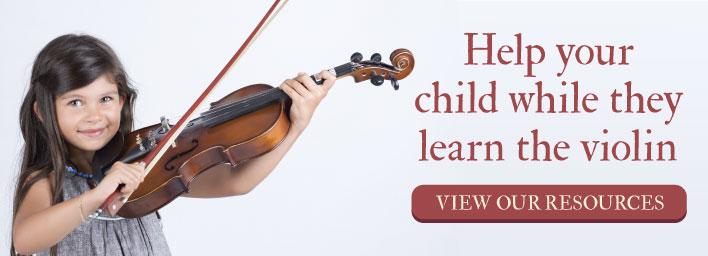Which Musical Instrument Is Best for Improving Grades?

One of the main reasons for choosing to include music education in a student’s curriculum concerns improving grade marks in other scholastic subjects. Recent studies concerning the effect music training has on cognitive processes indicate that students who participate in learning an instrument display measured improvement in a variety of subjects, including mathematics and reading comprehension.
To ensure that their child receives the best possible means of improvement, many parents (and students) wonder which musical instrument to choose. And while there are certain restrictions concerning instruments that offer the best supplement to an academic education, unless you choose something like Kazoo 101, the simple process of learning to read and perform music will make the cognitive correlations needed to improve grades.
Since music training provides the answers for better grades, rather than looking at instrument selection from a standpoint where they are all fairly equal, understanding the different aspects involved with playing different style instruments can help aid your selection. Knowing the diverse possibilities will make it easier to choose an instrument that not only meets your child’s physical needs and personal inclinations, but one that also provides all the scholastic benefits engendered through music training.
Strings
Orchestral string instruments, such as the violin, viola, cello, and double bass are typically played using a combination of physical movements, and rely very heavily on the musician’s ability to recognize and distinguish between pitch variations. Unlike similar instruments in the string family such as the guitar or banjo, these instruments do not include fret divisions, so students must learn finger placement according to tone. This ability to discriminate between very subtle pitch variations is an incredible advantage, and makes these type of instruments an excellent choice for improving grades due to the additional connections created in the brain.
And although this makes learning a bit more of a challenge at first, it provides a wonderful way for musicians to create their own unique voice with the instrument. Moreover, stings offer the player unfettered enjoyment by providing the ability to play compositions alone or within a group. And while this is true for many instruments, stringed instruments have the power to include harmonics that deliver greater depth and feeling when played solo.
Woodwinds
Woodwind instruments include familiar band additions such as the clarinet, flute, saxophone and others. Students who are interested in double reed instruments like the oboe or bassoon face a slightly increased challenge when first learning to fundamentals, but shouldn’t let that deter them from electing to play a woodwind. Remember, to achieve the benefits of a music education and see the outcome in improved grades, the important aspect involves learning to read and understand music composition.
When students are exposed to the complex simplicity of music, their brains make connections that are unique to this educational process. Although it’s not fully understood why human cognition behaves in this manner, the results prove to create lasting benefits, even helping to prevent memory loss as you age.
Brass
The brass section of an orchestra or school band includes instruments that use a mouthpiece which requires specific tonguing techniques (like woodwinds) to create sounds. Trumpets, trombones, and other horns round out this section and are quite as popular as woodwind instruments for school bands. Brass instruments can be played solely, but sound incredible when played in a group setting. Their distinctive volumes and agile responses make them the perfect choice for many beginner students.
Percussion
Briefly touching on percussion instruments, to ensure that you child gains the most benefit from his or her music education, stress the importance of learning pitch as well as the rhythm aspects. However, even when drums or another percussion instrument is chosen, a comprehensive music education will include all of the aspects involved in music, so your student will still reap the benefits that are associated with music training.
Rather than trying to classify instruments by their respective ability to improve grades, understand that a well-rounded music education that includes training on any type of instrument will create a difference in academic achievements and marks. The most important thing is to find an instrument that the student is comfortable with, enjoys playing, and provides the ability to progress. You may want to go online and let your child view a variety of different solo performances to discover the perfect instrument match for your budding musician.

